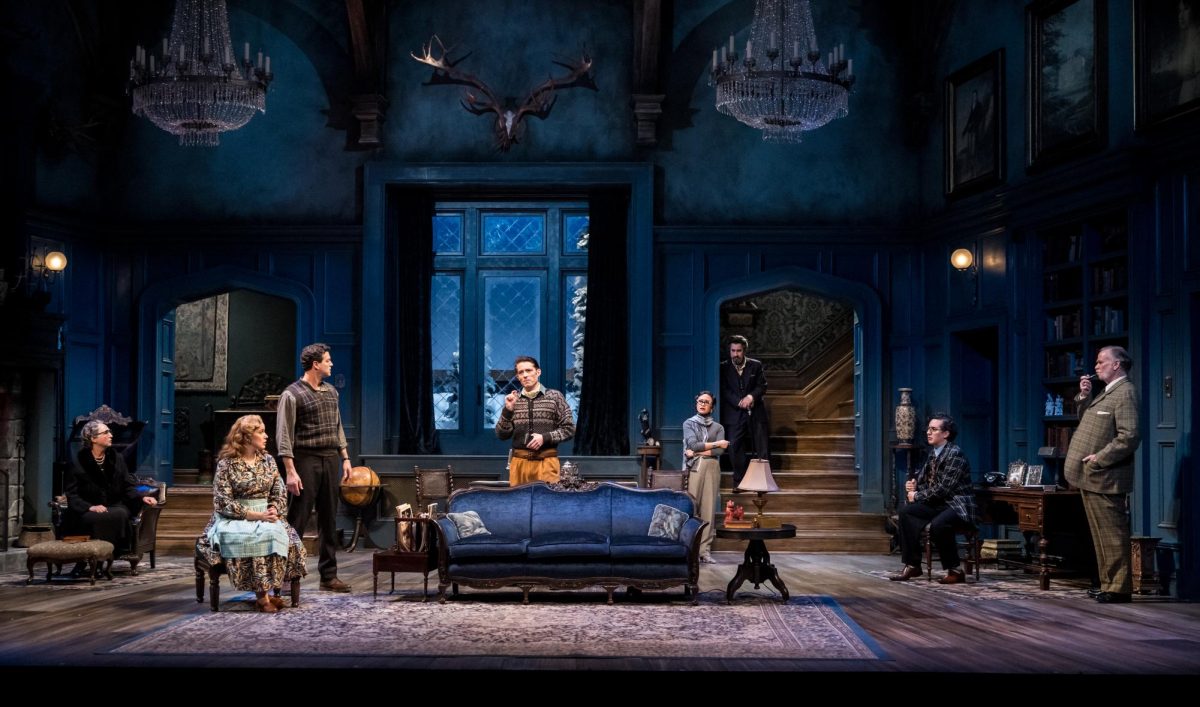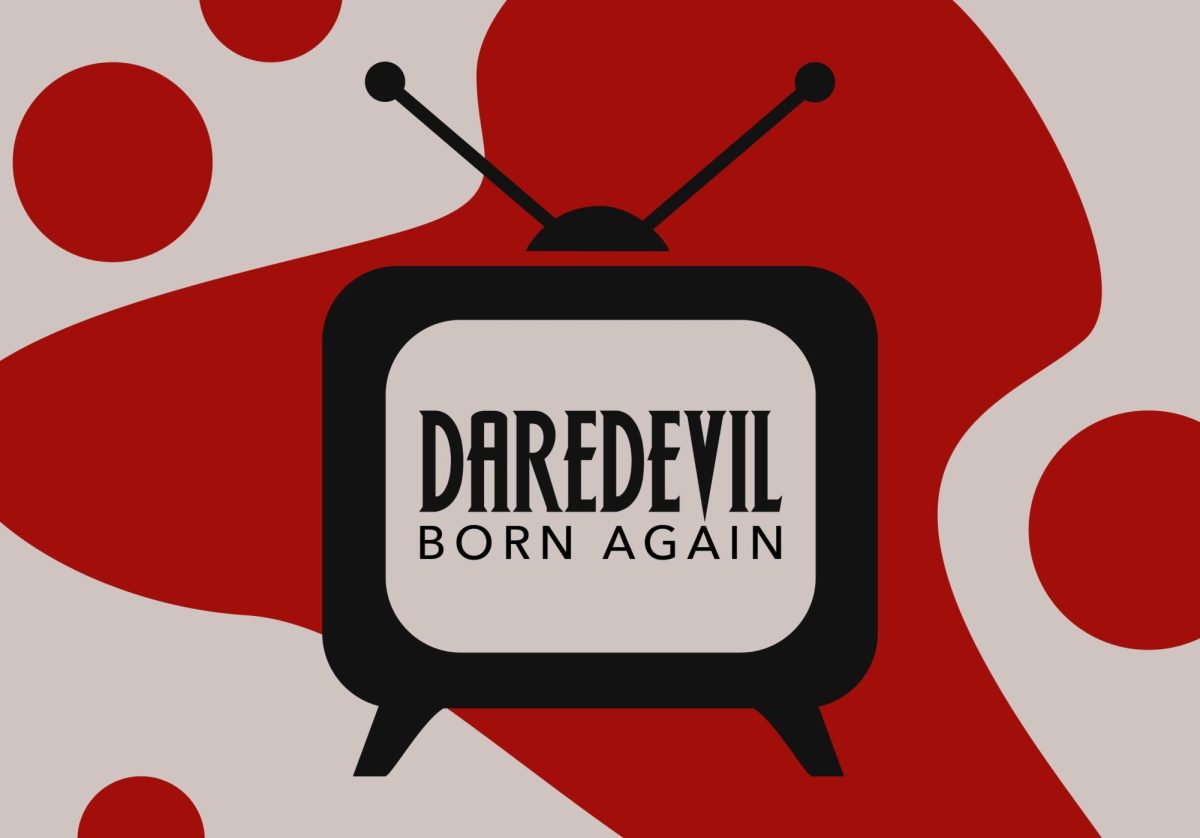Twenty years have passed since Kaye Gibbons introduced Ellen Foster to the world with her first novel, “Ellen Foster.”
Gibbons is only now publishing that book’s sequel. But she didn’t worry about being able to bring her character back to life.
Ellen has lived in her head all these years.
“She’s such a daily presence in my life,” Gibbons said. “I get so much mail about her that not a day goes by when she isn’t present.”
When she first wrote about Ellen Foster, her intention was to make the book into a series, she said, with about seven or eight more books to come.
“I wanted to create the life of a woman in novels and visit her every three or four years to see how she was getting along and see how her childhood had affected her,” Gibbons said.
Gibbons’ newest book, “The Life All Around Me by Ellen Foster,” follows the now-teenage heroine as she tries to make sense of her childhood and dreams of attending Harvard.
Gibbons decided to continue Ellen’s story because, as a reader, she wanted more from one of her favorite books, JD Salinger’s “The Catcher in the Rye.”
“I always wondered how Holden (Caulfield) turned out,” she said.
“I was curious about Ellen, and I wanted her to be OK,” she said. “And the only way to do that was to go back in and make sure she was OK.”
Gibbons uses stylistic punctuation and sentence structure. She uses not a single quotation mark to denote who’s speaking. Gibbons inserts “I said” or “she said” but keeps right on going. The words and sentences just start to flow.
Ellen is the narrator of Gibbon’s tale. The story is etched in the 15-year-old’s brain, a place where proper structure gives way to fluid thought.
Reading the book is like listening to a grandparent who’s telling a nostalgic story. Ellen talks in a slower, Southern way. She says what she wants but never forgets to include little bits of information about her foster mother, her neighbors or her relatives who might make her story more relevant to her audience.
Anyone who’s seen “The Lion King 1 1/2” can tell you that sequels are rarely as good as the original product, but Gibbons has set herself up to write about six or seven sequels.
“That might not be too bright,” she said. “There’s an inevitable comparison, but I wanted a sequel to stand up to the original.”
Educational curricula often involve several coming-of-age novels, such as Harper Lee’s “To Kill a Mockingbird” and Mark Twain’s “The Adventures of Huckleberry Finn.” In the past 20 years “Ellen Foster” has been added to that list.
Having one of her books taught alongside such notables might make some authors nervous, but Gibbons said she hasn’t been able to wrap her head around it yet.
“I don’t think I’d be able to write if I got too involved in that,” she said.
She got a little involved, though, when her youngest daughter had to write a term paper on “Ellen Foster.” Gibbons helped her daughter with the paper, and she got a C-plus.
“Apparently I have no idea about what some of my symbols mean,” she said.
Gibbons said she’s happier when writing from Ellen’s point of view.
“I rarely think about characters from my other books, but Ellen’s like a fourth daughter in the house,” she said. “One of my daughters is coming home with half her sorority, so Ellen will just be one of the girls.”







